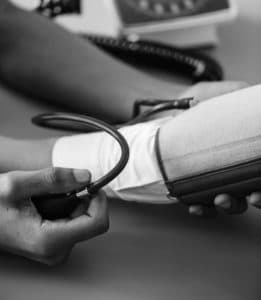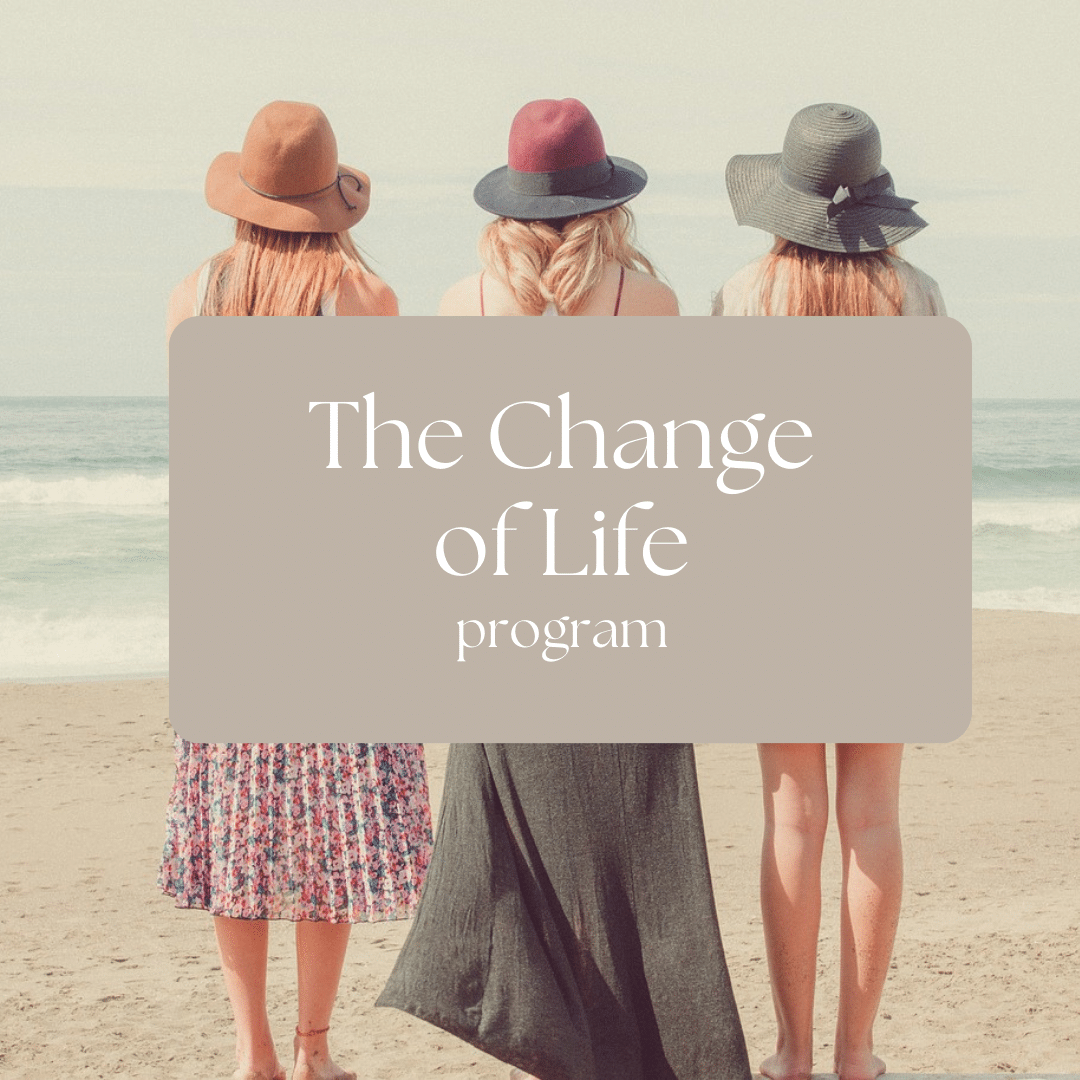Here is part two of The Obesity Code: written by Dr Jason Fung.
I hope you have read Part one, as this flows on through the book.
Again this review is in point form to highlight the interesting parts within the 350+ page book.
In here I cover the hormone section which is very important to understand. As we are one, if your hormones are broken they will break other parts within the body, such as organs, cells etc.
It also discusses the effects of different macronutrients and how they affect the insulin levels in our bodies.
With so many diets out there people tend to get very confused, but Dr Jason Fung basically points out the science and how it affects insulin, therefore how this affects the body.
I hope you enjoy Part two…
Insulin:
High insulin secretion las long been associated with obesity: obese people secrete much higher levels of insulin than do of those of normal weight. Also, in lean subjects, insulin levels quickly return to baseline after a meal, but in the obese, these levels remain elevated.
Insulin resistant state leads also to high fasting insulin. This relationship is not coincidental, as insulin resistance itself plays a key role in causing obesity.
If you take insulin, will you get fat?
The short answer is an emphatic yes – Patients who use insulin regularly and physicians who prescribe it already know the awful truth, the more insulin you give, the more obesity you get. Insulin causes obesity.
Numerous studies, conducted mostly on diabetic patients, have already demonstrated this fact.
Insulin causes weight gain.
Cortisol:
Cortisol may act through high insulin levels and insulin resistance, but there may also be other pathways of obesity yet to be discovered. However, the undeniable fact remains that excess cortisol causes weight gain.
Stress contains neither calories nor carbohydrates, but can still lead to obesity.
Long term stress leads to long-term elevated cortisol levels, which leads to extra kilos.
The new science of Diabesity:
Fueling the increase in eating opportunities was the desire of big food companies to make more money.
They created an entirely new category of food, called ‘snack food’, and promoted it relentlessly.
They advertised on TV, in print, radio, and Internet.
But there is an even more insidious form of advertising called sponsorship and research. Big food sponsors many large nutritional organisations. And then there are the medical associations.
In 1988, the American Heart Association decided that it would be a good idea to start accepting cash to put it’s heart check symbol on foods of otherwise dubious nutritional quality. (Australia is exactly the same).
The centre for science in the public interest estimates that in 2002, the AHA received over $2 million from this program alone.
Food companies pay so much per product, but there was a volume discount for many for more than 25 products for example!
Breakfast: The most important meal to skip?
It is simply not necessary to eat the minute we wake up.
We imagine we need to ‘fuel up’ for the day head.
However, our body has already done that automatically.
Every morning, just before we wake up, and natural circadian rhythm jolts our bodies with a heavy mix of growth hormone, cortisol, epinephrine and norepinephrine (adrenaline).
This cocktail stimulates the liver to make new glucose, essentially giving us a shot of the good stuff to wake us up.
Many people are not hungry in the morning.
The natural cortisol and adrenaline released stimulates and mild flight-or-fight response, which activates the sympathetic nervous system. Our bodies are gearing up for action in the morning, not for eating.
All these hormones release glucose in the blood for quick energy. We are already gassed up and ready to go.
There is simply no need to refill with sugary cereals and croissants.
Morning hunger is often a behaviour learnt over decades, starting in childhood.
In the case of insulin resistance, it comes down to both meal consumption and meal timing – the two critical components of insulin resistance. The types of food eaten influence the insulin levels. Should we eat lollies (boxed cereal) or olive oil?
This is the question of macronutrient composition or ‘what to eat’.
However, the persistence of insulin plays a key role in the development of insulin resistance, so there is also the question of meal timing, or ‘when to eat’.
Both components are equally important.
Unfortunately, we spend obsessive amount of time and energy trying to understand what we should be eating and devote virtually no time to when we should be eating. We are only seeing half the picture!
Carbohydrates and Protective Fiber
Fiber and fat, key ingredients, are removed in the refining process: fiber, to change the texture and make food taste ‘better’, and natural fats, to extend shelf life, since fats tend to go rancid with time. And so we ingest the ‘poison’ without the ‘antidote’ – the protective effects of fiber is removed from much of our food.
Where whole, unprocessed carbohydrates virtually always contain fiber, dietary proteins and fats contain almost none.
Our bodies have evolved to digest these foods without the need for fiber: without the ‘poison,’ the ‘antidote’ is unnecessary.
Here again, Mother Nature has proven herself to be far wiser than us.
One other traditional food may help protect against the modern evils of elevated insulin: vinegar.
The Wonders of Vinegar
The work Vinegar originates from the Latin words vinum acer, meaning sour wine.
Wine, left undisturbed, eventually turns into vinegar (acetic acid). Ancient peoples quickly discovered vinegar’s versatility.
Traditional healers exploited the antimicrobial properties of vinegar in a time before antibiotics by using it to clean wounds. Unfiltered vinegar contains ‘mother’, which consists of the protein, enzymes and bacteria used to make it.
Diluted vinegar is a traditional tonic for weight loss. Mention of this old remedy is found as far back as 1825.
Other ways to use Vinegar are to ingest several teaspoons of it prior to meals, or to drink it diluted in water at bedtime.
Apple cider vinegar seems to have gained a particular following, as it contains both vinegar (acetic acid) as well as the pectins from the apple cider (a type of soluble fiber).
There are no long-term data on the use of vinegar for weight loss.
However, smaller short-term human studies suggest that vinegar may help reduce insulin resistance.
Two teaspoons of vinegar taken with high-carbohydrate meal lowers blood sugar and insulin by as much as 34 percent, and taking it just before the meal was more effective that taking it five hours before meals.
Side note: Potatoes, served cold and dressed with vinegar as a salad, showed considerably lower glycemic index than regular potatoes.
The cold storage may favor the development of resistant starch, and the vinegar adds to the benefits.
The GI Index diets:
– The Glycemic index does not consider protein or fats at all because they do not raise glucose, and that approach essentially ignores the fattening effects of two out of the three major macronutrients.
– Insulin can increase independently of blood sugar.
– Insulin, not glucose, drives weight gain, and that changes everything!
This point is precisely where glycemic index diets failed. They targeted the glucose response with the assumption that insulin mirrored glucose. But this is not the case. You could lower the glucose response, but you didn’t necessarily lower the insulin response. In the end, the insulin response is what matters.
– All foods, not just carbohydrates, stimulate insulin.
Thus, all foods can cause weight gain. And hence we get major confusion with calories.
Dietary fat, though, tends to have the weakest insulin-stimulating effect.
So is everyone thinking what can I eat?
The next part I will deliver what Dr Jason Fung suggests and why.
I will remind you that the suggestions Dr Fung gives, is based on helping people not become obese, his patients are very obese people, and he is here to help others not get into that predicament.
Like any new thing to learn, many people have to unlearn some things to be able to relearn.
The science coming out is fantastic to be able to understand our bodies more and to join the dots as to how our society has become so ill.
I highly recommend this book to everyone to read and re-read to help understand how our bodies work and how they are affected for certain foods.
Here is Part one again..
I thank you for your time and wish you all the best on your health journey ahead.








